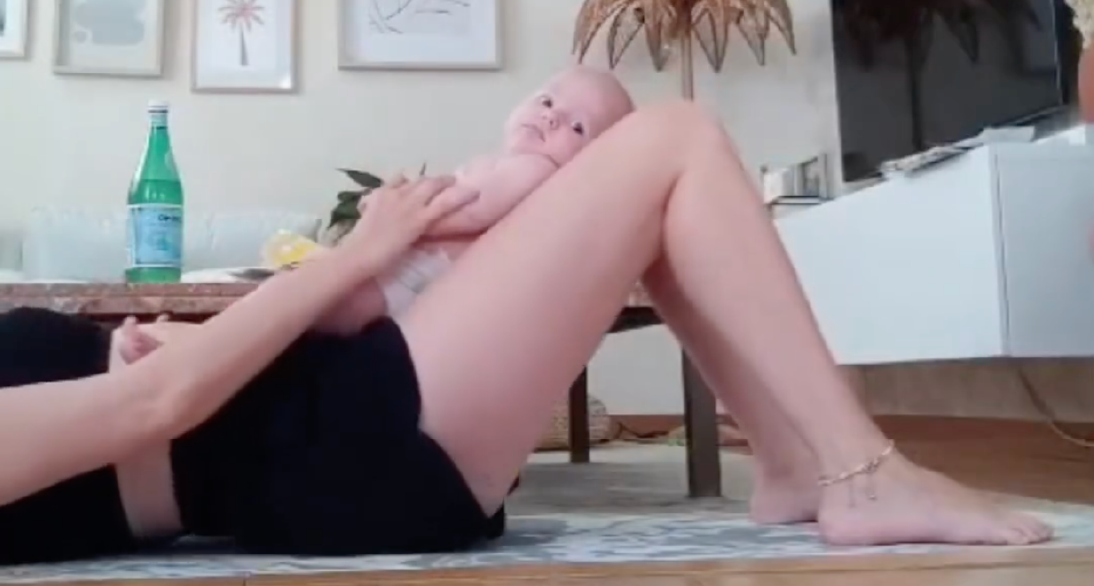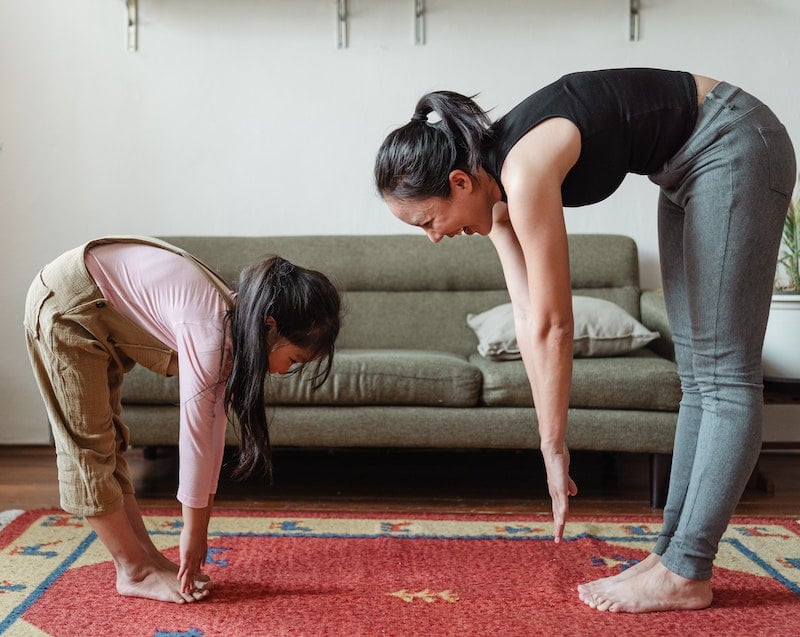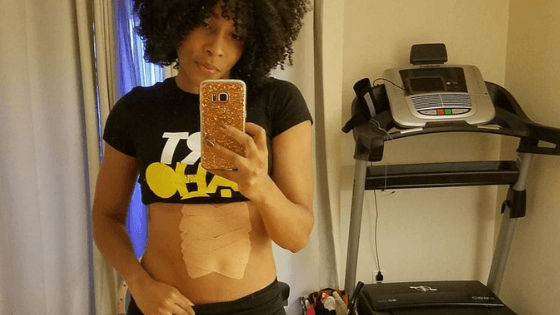It’s never too late to strengthen your core function, heal diastasis recti and improve the stability of your abdominal muscles.
One of the most common questions we’re asked is, “How do I fix my diastasis recti years later?”.
Many mums think they’ve left it too late to make a difference and worry that nothing can be done. If that sounds like you, please don’t worry, the short answer to, “Can I heal years later?” is “Yes!”
You can always improve your core function, tension and the stability of your abdominal muscles. However long ago you had your baby. The truth is we never stop being postpartum, so why put an expiry date on your recovery period?
Your ab muscles are all still there, but they have shifted and been put under extreme tension and load.
If you have diastasis recti the muscles have separated. It’s never too late to improve core strength and minimise diastasis, but some of the more traditional ab exercises you’re used to, aren’t necessarily where to start.
How to fix diastasis recti years later
Focus on posture and deep core work
Posture and deep core work are central to healing diastasis recti, regardless of how long ago you had your babies.
Diastasis recti symptoms can present themselves in a number of ways, including a pregnant-looking tummy, back pain, urine leakage, pelvic prolapse, painful sex or just general difficulty performing everyday tasks like lifting and walking.
A recent 2021 study showed that 33% of women still experience diastasis recti at 12 months postpartum (as well as many cases persisting much later in life).
So, it’s clear that treating diastasis recti, even years later, is a priority.
The good news is that, however many years ago you had your babies, adjustments to the way you sit, stand and walk will affect how your core muscles work, and how your tummy looks.
If you have diastasis recti, the layers of abdominal muscles have drawn apart, and the connective tissue between them is thinner and stretched.
By working on foundational healing, reconnection, and strengthening of your deep core muscles, and making some postural adjustments, you can significantly improve the appearance and function of a diastasis recti.

Think in terms of healing (and not ‘fixing’)
The goal is stability and strength. There’s nothing broken to fix.
The two halves of your rectus muscle were never fused, and there was always a ‘gap’. All of us have rectus ab muscles, in two halves, joined by connective tissue – the linea alba.
It is this connective tissue that stretches and weakens, widening the gap down the midline between the breastbone and pubic bone. It’s not broken or torn, so there’s nothing broken to fix (unless you have a hernia, which is different from diastasis recti).
The goal is to reduce the gap, or to treat/improve the width of the gap. However, the real goal is stability and strength. And you can still have that with a gap remaining – this is a functional diastasis.
A postural alignment cheat sheet (for healing diastasis recti)
Healing, connecting and strengthening your deep core muscles and pelvic floor system will improve a diastasis recti. Whether it’s 1 year, 5 years or 20 years after you had your baby.
We go into posture and alignment and our top diastasis recti exercises in detail in our MUTU program but here’s our 3 biggest tips:
- Try not to thrust out your chest or tuck (flatten) your backside
- Walk more, sit less and change position more
- Focus on your glutes and a strong core.
Follow these steps to help you to tweak and adjust your alignment.
Poor alignment and posture can mean uncontained pressure and loading. That’s a technical way of saying your core muscles are not in the correct position to work optimally.

Will my diastasis recti get worse with age?
Age is not relevant. A diastasis will worsen if you continue to move and load your body in a way that increases pressure on the gap.
If you don’t take steps to heal your diastasis, it will likely stay, possibly leading to a lack of optimal core strength and stability.
This could potentially result in back pain, and also aesthetically, many women don’t like it as the tummy protrudes more.
Learn how to check for Diastasis Recti.
Real-life stories from mums who healed their diastasis recti years after giving birth
Still looking for inspiration to start healing years later? Hear from our customers.
We’ve got Mamas getting great results in the MUTU System programme, whose children are now in their 20s and 30s and have long since flown the nest.
They discovered, years after giving birth, searching for answers, and almost giving up completely, that they don’t need to put up with unwanted symptoms anymore.
My youngest baby was 32 last December! I’m a grandma 3 times over and I’m 62 and I’m 4.5 weeks into MUTU… My tummy is definitely shrinking and I only wish I had had this programme when I was first a mummy in 1980! To say I have left this a bit late is something of an understatement, however, I don’t believe it is too late. I don’t believe it is ever too late for anything
Fiona, a MUTU mama and grandmama. Read Fiona’s story here.
How MUTU can help you recover
MUTU is a postpartum exercise and wellness programme for every stage of motherhood.
Healing, connecting and strengthening your deep core muscles, and pelvic floor system will improve a diastasis recti.
Even years after you had your baby. Find out more about choosing the right postpartum programme for you.

Hospital trials show MUTU System is highly effective for helping with diastasis recti
In Hospital Trials in 2020, 94% of women with diastasis recti (separation of abdominal muscles) reported an improvement after using the MUTU System.
It doesn’t matter how long ago you had your baby, the award-winning, medically recommended MUTU program can help.
Notes: This article was originally published May 17, 2021 and most recently updated December 2nd, 2022.
No content on this website, regardless of date, should be used as a substitute for medical advice from your healthcare provider.









